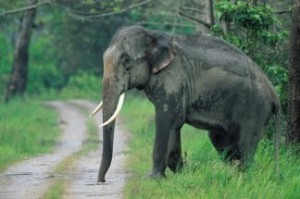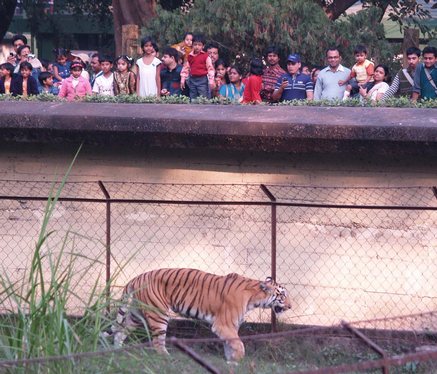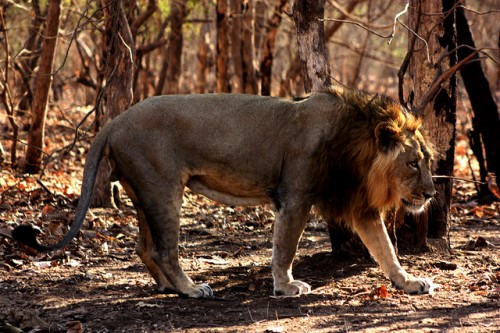 In Indian states like Assam and Kerala where the elephant population of the country is maximum the everyday battles between humans and elephants has become a cause of serious worry. No one can ask the elephants to restrict themselves just to the protected areas of the forest and avoid contact with humans, on the other hand humans too cannot be uprooted from their villages and farms. To ease the tension a team of scientists in Kerala have come up with a prediction model that helps predict possible zones where elephants might tread and come face to face with humans. If the statistical model works, it can be a huge boon in curbing the growing man animal conflicts.
In Indian states like Assam and Kerala where the elephant population of the country is maximum the everyday battles between humans and elephants has become a cause of serious worry. No one can ask the elephants to restrict themselves just to the protected areas of the forest and avoid contact with humans, on the other hand humans too cannot be uprooted from their villages and farms. To ease the tension a team of scientists in Kerala have come up with a prediction model that helps predict possible zones where elephants might tread and come face to face with humans. If the statistical model works, it can be a huge boon in curbing the growing man animal conflicts.
Scientists from Kerala university’s Zoology and Geology departments as well as those of the Centre for Geo-information Science and Technology have developed the new model keeping in mind various environmental and geographical factors.
The team consisting of Gopal Prasad, R Shiny, R Reghunath and V Prasannakumar looked at factors like the slope of the area, canopy density, distance to the forest, distance to the rivers, distance to tribal settlements and so on, in their analysis of possible conflict zones.
“While the link between availability of water and human-elephant conflicts are a known factor, we took into account several other environmental factors but used only eight factors that contribute the most to develop the model,’’ said Gopal Prasad, who had specifically looked at the conflict zones in the Agali as well as Munnar areas of the Western Ghats.
What the team found was that in areas where the canopy density or forest cover was lesser the chance of attack by elephants was greater, in case that area was a part of the elephant corridor or had easy access to food.
“When the forest is dense and dark, even when the elephants notice a human presence they will just go their way. But stand in a cleared area, or in the elephant corridor or among grass as it had happened in the case of the two men who got killed at Munnar, you are asking for trouble,’’ said Gopal Prasad
V Prasannakumar, who heads the Centre for Geo-Information Science and Technology, said,
“Avoiding cultivation of banana, sugarcane and pineapple in certain terrains and near hamlets can keep the elephants away. In certain terrains where the slope is more, elephants fear to come down and is ideally suited for cultivation of such crops.”
He added that this is why the prediction model could become an important tool in finding out which terrain was suitable for cultivation or human habitation where elephant presence would not be a worry.
The scientists also added that tribal settlements within the forests were the zones which were most vulnerable as elephants routinely came there looking for food grains, cooked salted food and even liquor.
“During the breeding season, the elephants need more protein and minerals. While female elephants maraud only those hamlets near the forest, male elephants travel a lot,’’ said Gopal Prasad.
The current predition model is for a small area of Agali forest but the team is confident that they can make similar models for different forest areas to ease down the rising tension between humans and the pachyderms warring for the same food and resources.
The current prediction model for the Agali forest area will be published in the international journal of ‘Wildlife Biology in Practice’ this month.
Related Stories:
Interesting Facts about the Indian Elephant
Villagers give up their Land for Elephants
Elephants Saved from being Hit by a Train is Assam
Reference: expressbuzz






3 thoughts on “Scientists Develop Model to Predict Human-Elephant Conflict Zones”